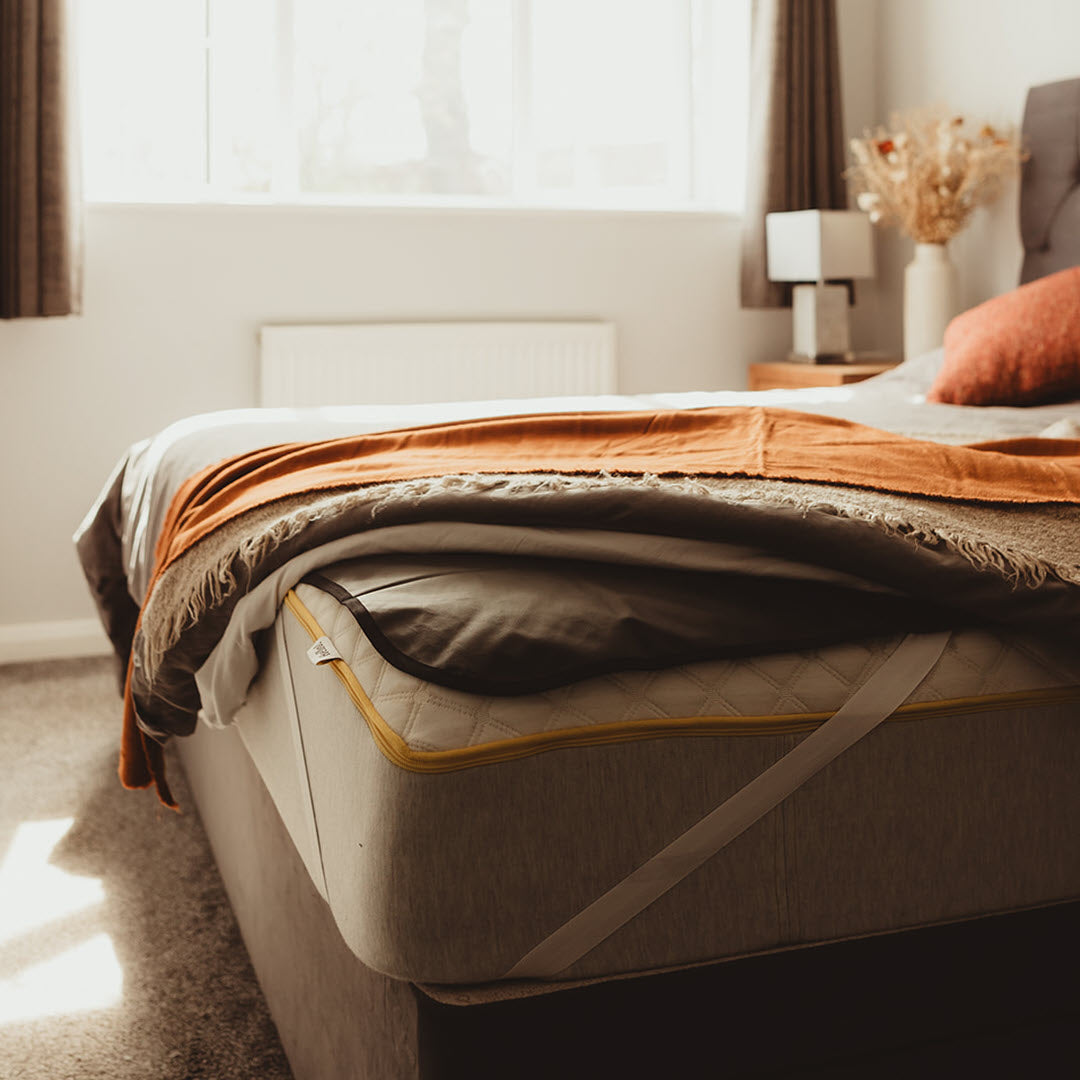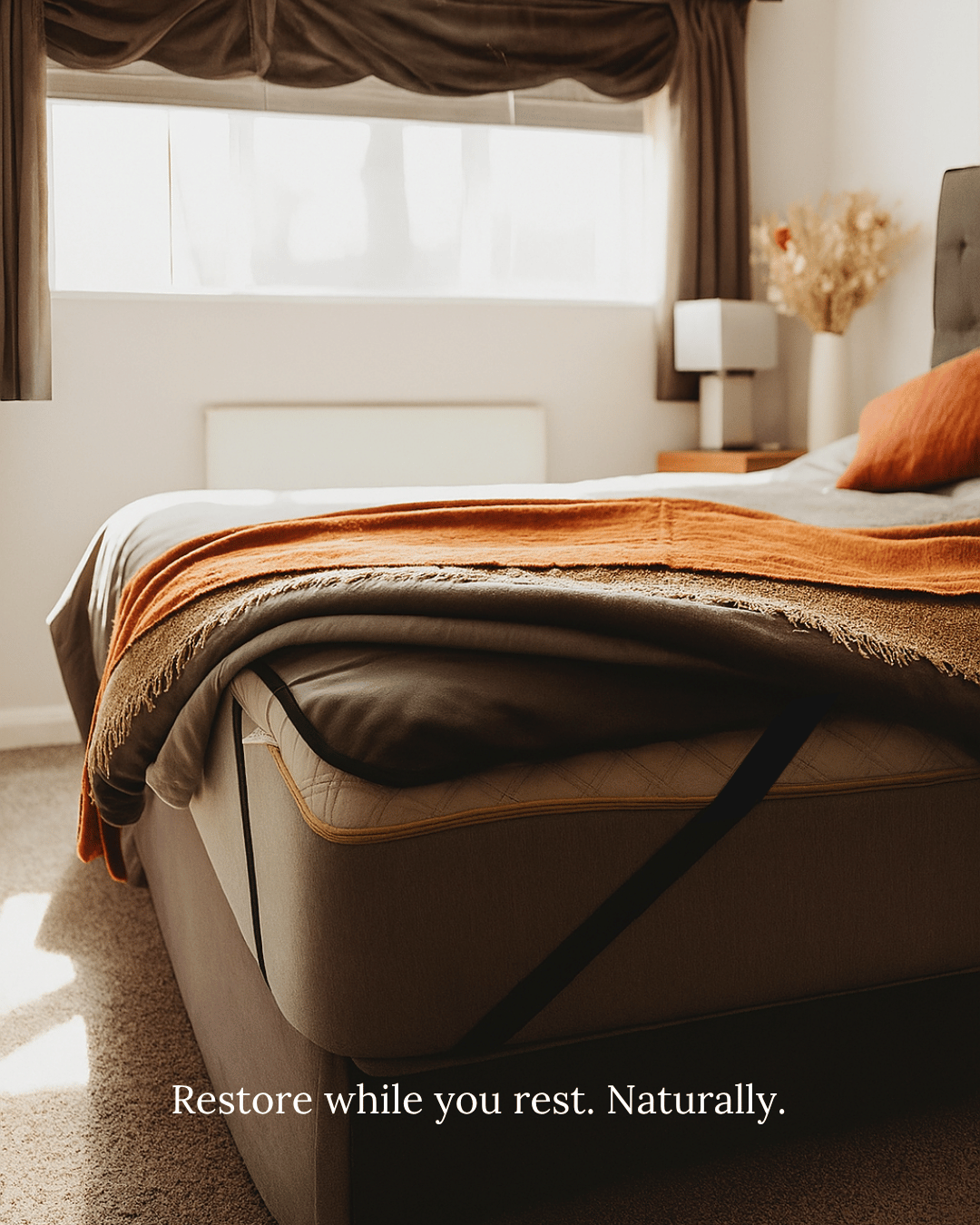Arthritis affects over 500 million people worldwide, causing joint pain, stiffness, and chronic inflammation that can severely diminish quality of life. While conventional medicine focuses on symptom relief through medication, a growing number of individuals are turning to natural methods to support their healing—and one of the most promising is grounding.
Also known as earthing, grounding is the practice of connecting directly to the Earth's surface energy. This connection allows the body to absorb negatively charged electrons that may neutralize the excess of positively charged free radicals responsible for inflammation and tissue damage. And when it comes to arthritis, inflammation is at the very center of the disease.
Understanding Arthritis and Inflammation
Whether it’s osteoarthritis, which results from wear and tear of the joints, or rheumatoid arthritis, an autoimmune condition where the body attacks its own joint tissue, the common thread is chronic inflammation. Over time, this inflammation degrades cartilage, fluid, and connective tissues, causing pain, swelling, and immobility.
The body's immune response releases free radicals to address cellular damage. But when left unchecked, these highly reactive molecules can exacerbate joint destruction. That’s where grounding may help.
How Grounding Works
The Earth carries a subtle, natural negative charge. By coming into physical contact with the Earth’s surface—such as walking barefoot on grass, soil, or sand—your body absorbs electrons that may help balance the positive charge of inflammation-causing free radicals.
Research into grounding has shown promising results. A study published in the Journal of Inflammation Research found that grounding reduced levels of pro-inflammatory cytokines and improved blood flow—both of which are critical in managing arthritis symptoms. Additionally, users often report decreased pain, better sleep, and increased mobility when incorporating grounding into their daily routine.
Why Grounding at Night Is Most Powerful
While even 30 minutes of outdoor grounding per day can be beneficial, many people living with arthritis find that they need more consistent, long-term exposure to maximize the effects. This is where grounding mattress covers come in.
By connecting your body to the Earth's energy throughout the night—when your body is naturally focused on healing and regeneration—grounding sheets and mattress covers offer continuous support. As you sleep, the steady flow of electrons may help reduce swelling, relieve joint discomfort, and promote deeper rest, which is essential for overall recovery.
How to Start Grounding for Arthritis Relief
-
Ground Outdoors: Walk barefoot on natural surfaces like soil, grass, or sand for at least 30 minutes a day.
-
Use Grounding Mattress Covers: These connect to the grounding port in a wall outlet or a grounding rod and provide uninterrupted exposure during sleep.
-
Stay Consistent: Like any wellness practice, grounding works best when done regularly. Track your symptoms and see how your body responds.
-
Pair with Healthy Habits: Combine grounding with a nutrient-rich diet, gentle exercise, and mindfulness practices for holistic joint support.
A Gentle Yet Powerful Ally for Arthritis
Grounding is not a cure for arthritis, but it is a natural, non-invasive tool that may help reduce inflammation and support your body’s healing response. With minimal effort and virtually no side effects, grounding offers hope to those seeking complementary ways to manage chronic pain.
For many arthritis sufferers, grounding mattress covers have become a vital part of their pain management strategy. By reconnecting to the Earth every night, you may discover not just relief—but restoration.
The Earth is beneath your feet. Why not let it help you heal?





